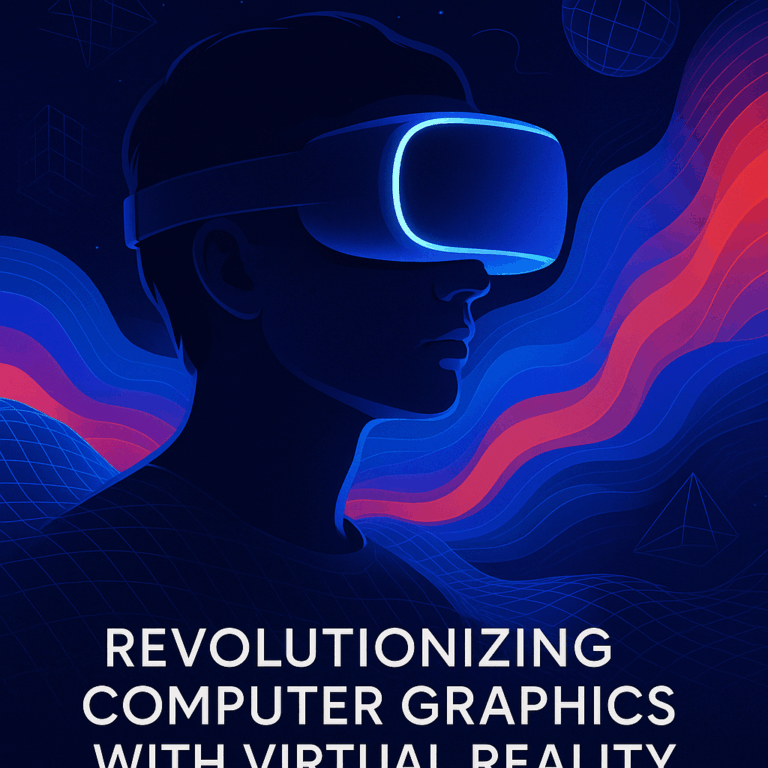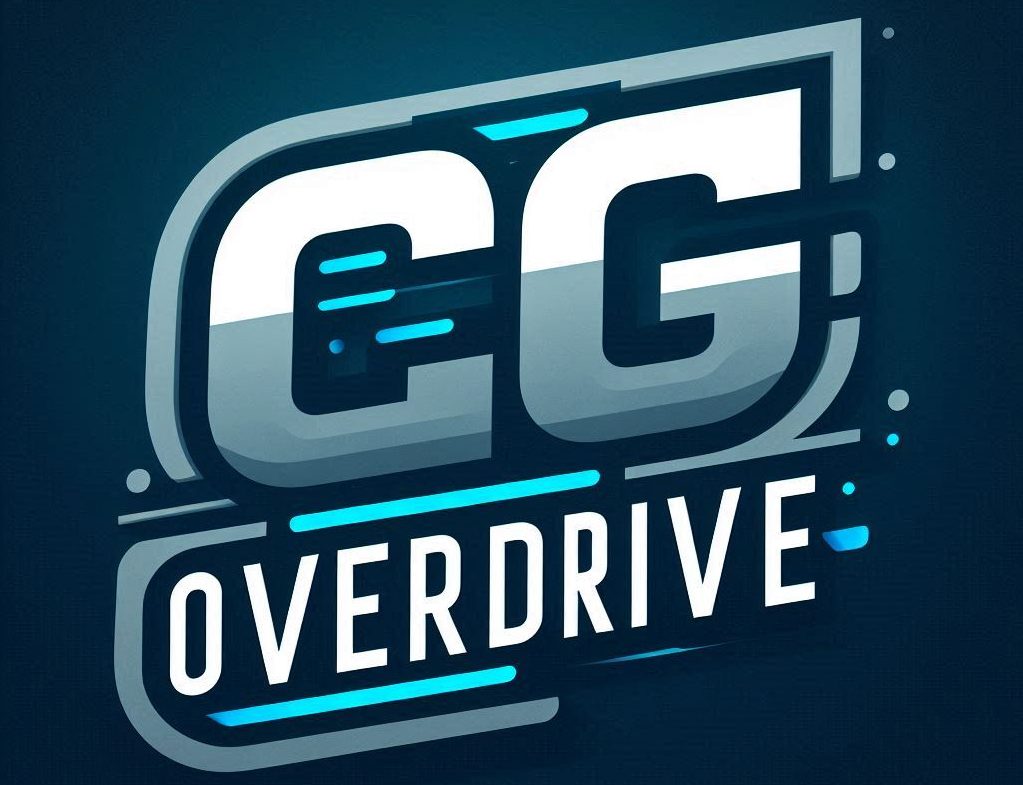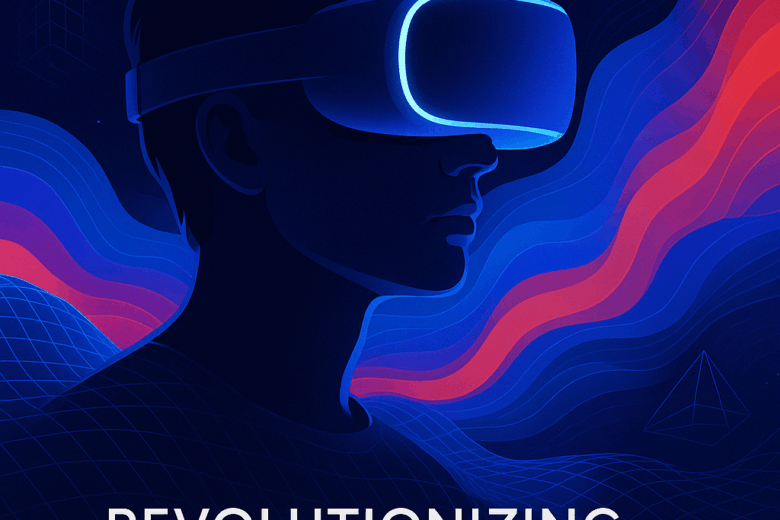Why Virtual Reality is Reshaping the Computer Graphics Landscape

Virtual Reality (VR) isn’t just a novel technology; it’s a seismic shift in how we experience digital worlds. For the computer graphics industry, VR represents a frontier demanding innovation in rendering, design, and interaction paradigms. Unlike traditional 2D screens, VR immerses users in entirely new dimensions, bridging visual fidelity and sensory engagement to create compelling, interactive environments. This tech-savvy revolution is unlocking fresh storytelling methods and gameplay mechanics while setting new benchmarks for realism and immersion.
The significance in the CG industry lies in VR’s unrelenting demand for precise, real-time graphics rendering combined with physics-accurate environments and intuitive user experiences. The challenge is massive, yet the rewards are transformative—a playground for experts and creatives alike who push the boundaries of current technology.
Essential Technical Pillars for VR in Computer Graphics
Developing effective VR applications within the CG domain requires mastery over multiple technical disciplines. Below is a breakdown of core components and considerations shaping modern VR experiences:
| Technical Aspect | Description | Impact on VR CG Development |
|————————|—————————————————–|—————————————————|
| Real-time Rendering | Generating frames at high refresh rates (90+ FPS) | Prevents motion sickness; ensures smooth visuals |
| Spatial Audio | 3D positional sound synthesis | Enhances immersion via accurate sound direction |
| Head Tracking | Tracking user head position and orientation | Adjusts visuals dynamically for realistic viewpoints |
| Latency Optimization | Minimizing input-to-display delay | Crucial for responsive, convincing interaction |
| High Polygon Count | Detailed 3D models | Delivers realism, but balances performance needs |
| Physically Based Rendering (PBR) | Realistic material and light behavior | Produces lifelike textures and reflections |
| User Interaction Design| Intuitive control schemes (hand tracking, controllers)| Vital for engagement and ease of use |
Mastering these pillars enables VR experiences that are not only visually stunning but also comfortable and intuitive to users, a non-negotiable in today’s VR market.
Practical Strategies to Elevate VR Computer Graphics Projects
Creating VR content that stands out requires more than technical knowledge; it demands thoughtful application informed by user experience and hardware constraints. Here’s how to sharpen your VR CG projects:
– **Prioritize Optimization Over Raw Detail**: Unlike offline renders, VR demands real-time performance. Use Level of Detail (LOD) techniques to dynamically adjust model complexity based on distance and importance.
– **Harness Physics-Based Simulations**: Implementing physics accurately in VR enhances believability—think realistic object interactions, cloth behavior, and fluid dynamics.
– **Implement Foveated Rendering**: Eye-tracking hardware allows rendering high detail only where the user is looking, drastically improving performance without sacrificing quality.
– **Use Modular Asset Design**: Building reusable, scalable assets accelerates development and ensures consistency across complex scenes.
– **Leverage Cross-Platform Engines**: Tools like Unreal Engine and Unity offer extensive VR integration, vast asset libraries, and scripting systems optimized for VR-specific challenges.
– **Incorporate Haptics and Multisensory Input**: Adding tactile feedback and environmental effects can deepen immersion beyond visuals.
These approaches help developers balance aesthetics, interaction, and hardware limitations, critical for pushing VR forward in computer graphics.
Expert Insight: The Role of Visual Effects in VR Storytelling
Visual Effects (VFX) in VR are not mere eye candy; they’re narrative tools that shape the environment’s mood, convey emotions, and guide user attention. Applying traditional VFX techniques in VR requires a mindset shift since users can observe effects from any angle and in 360 degrees.
Industry leaders emphasize:
– **Volumetric Effects**: Smoke, fog, and light shafts are powerful for depth perception but must be optimized for performance.
– **Particle Systems**: Interacting particles can react dynamically to user presence, increasing engagement.
– **Post-processing Effects**: Techniques like bloom or depth of field enhance realism but should be subtle to avoid motion sickness.
– **Spatial Lighting**: Real-time global illumination and shadows anchor objects convincingly in space.
The nuanced use of these visuals adds layers of immersion and emotion, enabling deeper storytelling within VR experiences.
Bridging VR and Gaming: Pioneering Immersive Entertainment
The gaming sector is VR’s most vibrant playground, testing and proving new CG methodologies daily. VR elevates gaming by transforming the player from an external observer into an active participant nested in the game world.
Key gaming-specific considerations for VR CG include:
– **Level Design for 3D Exploration**: Unlike flat gameplay, VR demands carefully crafted environments that leverage height, depth, and volume for exploration.
– **Player Movement Mechanics**: Conventional joystick or keyboard controls often cause disorientation; developers innovate with teleportation, smooth locomotion, or room-scale movement.
– **User Interface (UI) Integration**: Traditional HUDs are disruptive in VR. Designers create diegetic UI elements embedded naturally in the environment.
– **Narrative Integration**: VR games benefit from environmental storytelling where the player’s immersion itself drives the narrative instead of cutscenes.
A comprehensive gaming VR experience aligns computer graphics mastery with psychology to maintain immersion without fatigue or discomfort.
Step-by-Step Guide to Launching a High-Quality VR CG Project
For those inspired to dive into VR development within the computer graphics field, here’s a pragmatic roadmap:
1. **Conceptualize Experience Goals**
– Define the narrative, interaction, and target audience.
2. **Select Suitable Hardware and Platforms**
– Understand device capabilities and limitations (e.g., Oculus Quest 2 vs. Valve Index).
3. **Choose Development Tools**
– Engines like Unity or Unreal, alongside modeling software (Blender, Maya).
4. **Prototype Core Mechanics Early**
– Focus on user input and movement to refine comfort.
5. **Develop Optimized Assets**
– Use PBR materials, LODs, and appropriate polygon counts.
6. **Integrate VFX Thoughtfully**
– Balance visual impact with system performance.
7. **Conduct Iterative Testing**
– Gather user feedback on immersion and usability; monitor for VR sickness.
8. **Polish and Optimize**
– Refine lighting, animation, and performance tuning.
9. **Deploy and Monitor Post-Release**
– Use analytics to identify improvements and updates.
Following these steps grounds VR projects in solid computer graphics principles and user-centered design.
Future Horizons: AI and Machine Learning Amplifying VR Computer Graphics
Artificial Intelligence (AI) and machine learning (ML) are accelerating VR CG capabilities beyond manual constraints. Emerging trends include:
– **Procedural Content Generation**: AI can create expansive, diverse environments on-the-fly, reducing asset creation time.
– **Intelligent NPCs**: ML-driven behaviors enable more believable, adaptable virtual characters.
– **Enhanced Image Upscaling**: Techniques like NVIDIA’s DLSS improve frame rates and image clarity, crucial for VR’s performance demands.
– **Personalized Experiences**: AI can adapt game worlds dynamically based on player behavior, heightening immersion.
These advances promise to democratize creation and deliver VR experiences that feel not only immersive but remarkably personalized and alive.
—
Virtual Reality stands at the confluence of immersive storytelling, interactive gaming, and breathtaking computer graphics innovation. Mastering VR technology and its unique challenges pushes the boundaries of what’s possible in the CG industry, inspiring creators to forge new realms of experience. For enthusiasts and professionals alike, VR is the ultimate frontier to explore, invent, and captivate.

